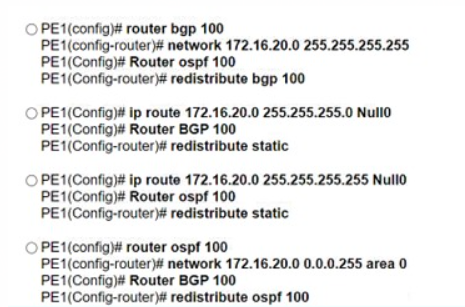Cisco 300-510 - Implementing Cisco Service Provider Advanced Routing Solutions
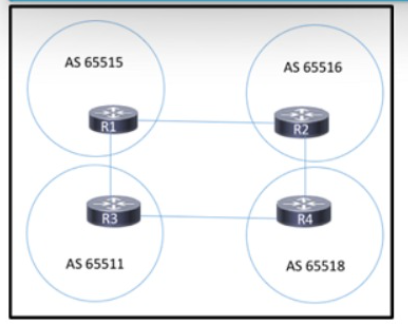
Refer to the exhibit. Routers R1. R2, R3. and R4 are peer routers that reside in different administrative domains. PIM-SM is running in each autonomous system, and EBGP is configured between the peers. A network administrator has just implemented MSDP between the connected peers. When the administrator enabled the MSDP configuration. R1 and R2 failed to establish a peering relationship. All other connected routers successfully established peering sessions Which action must the engineer take to resolve the issue between R1 and R2?
A network engineer is troubleshooting OSPF multiareA. Which Cisco IOS XR feature should the engineer use in order to streamline OSPF issue?
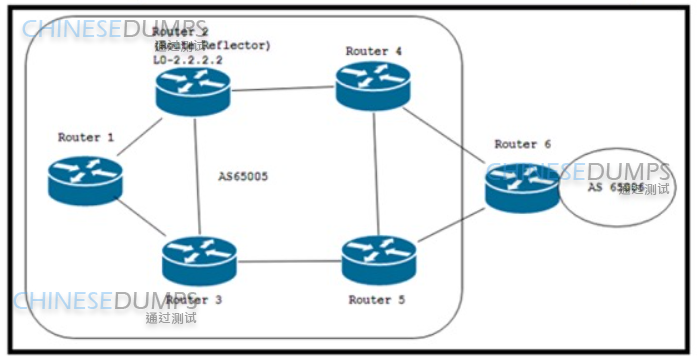
Refer to the exhibit. The initial BGP configuration of the network is complete, and all the routers have established BGP neighborship. The engineer configured Router 2 with additional BGP paths to install and advertise more paths to Router 1 and Router 3. Which configuration must the engineer apply to Router 1 and Router 3 so that they will use and install all additional paths?
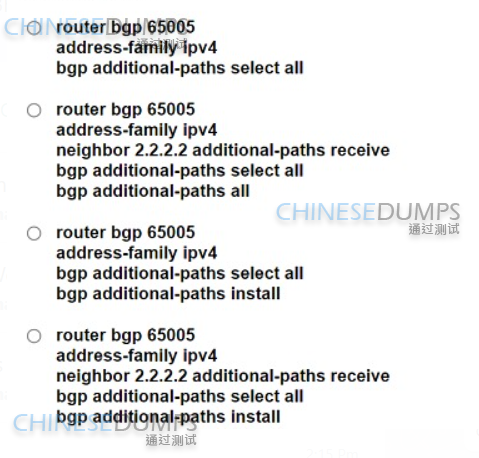
Refer to the exhibit.
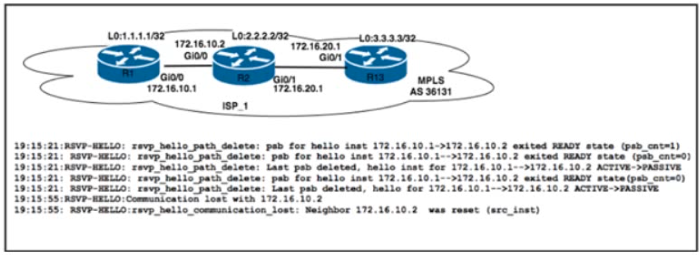
All backbone interfaces on the network are in VRF_MPLS and ip rsvp signalling hello is preconfigured on all MPLS routers in the network. After router R2 is upgraded and its configuration restored from backup. LSP signaled via RSVP that the tunnel from R1 had been tom down The network engineer confirmed IP reachability line the backbone network Which action must the engineer take to fix the issue?
Refer to the exhibit.

An administrator is troubleshooting Internet access issues on a customer’s network. After applying this ISIS configuration to R1, the administrator notices that it fails to redistribute the default route into IS-IS. After checking the connectivity between the ISIS router and the ISP router the engineer confirmed there is Layer 3 connectivity between them Which action should be taken to correct the problem?
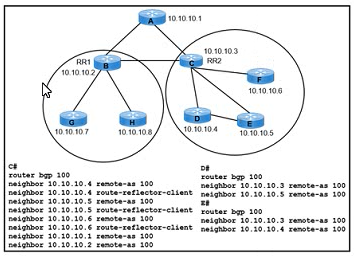
Refer to the exhibit While troubleshooting a networking issue an engineer identified a suboptimal communication issue on route reflector RR2 In the current environment
Router A is a non-route-reflector client for RR1 and RR2
Routers D and E are directly connected iBGP peers.
Router F is not an iBGP peer of routers D and E
Which action resolves the issue?
Which two BGP route reflector attributes should be implemented to prevent routing loops? (Choose two)
Which command is used to enable BIDIR-PIM under global configuration mode for Cisco IOS XE Software?
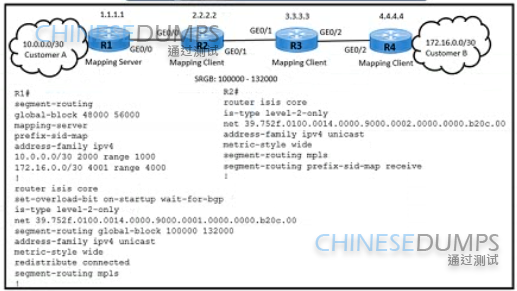
Refer to the exhibit. Customer A and customer B are connecting through a service provider network with these requirements
R1 acts as the mapping server to connect 10 0 0.0/30 and 172.16.0.0/30 networks
R1 and R2 are using nondefault SRG8 range to allocate SID.
R2 ads as the mapping client for transient traffic originating from customer A
Which configuration meets the requirements?
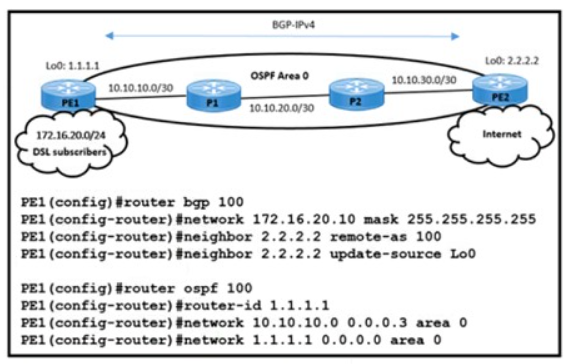
Refer to the exhibit The engineering team noticed route disruptions when DSL subscriber 172.16.20.10 goes offline. In this service provider environment:
The OSPF backbone area is configured to advertise loopback prefixes
The PE routers are running BGP-IPv4 address family in a BGP-free core topology.
The DSL subscriber IP subnet 172.16.20.10/32 is redistributed in BGP on PE1
Which configuration on PE1 resolves the issue?
